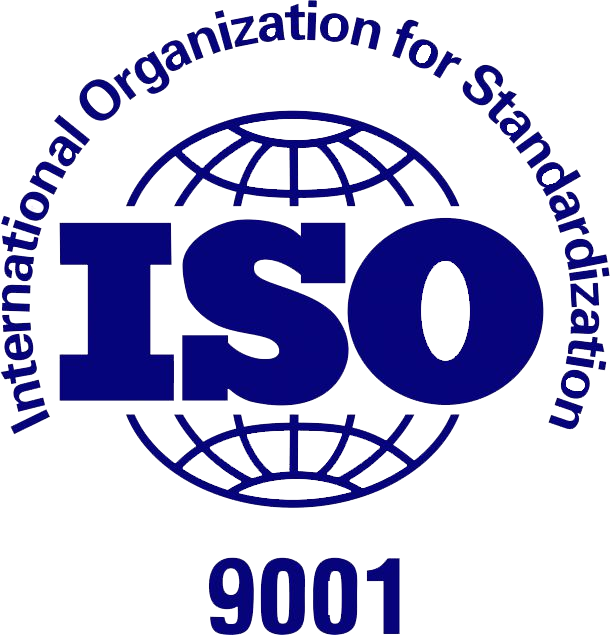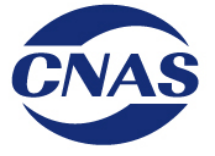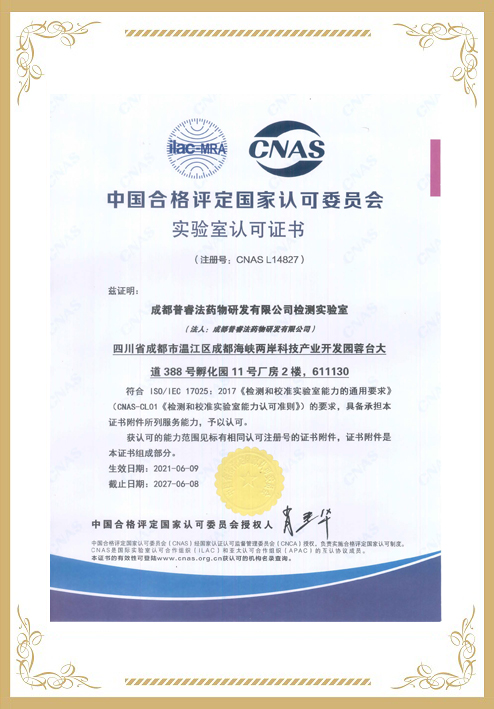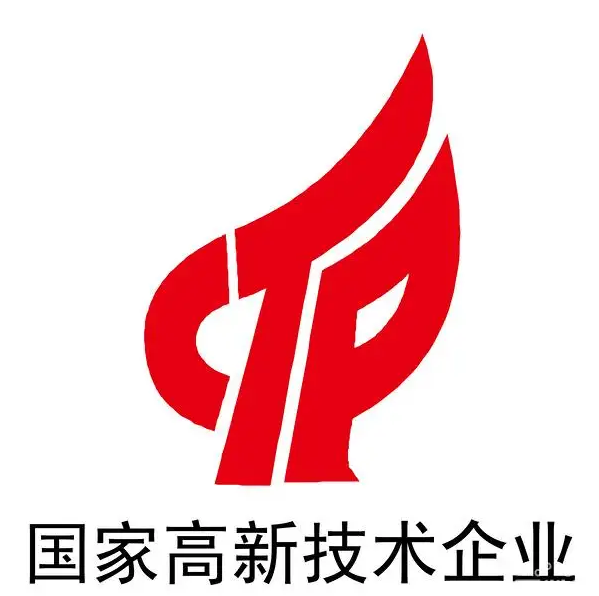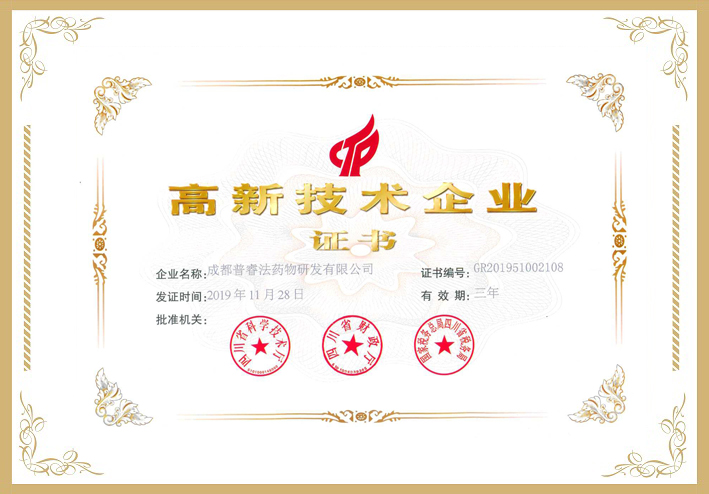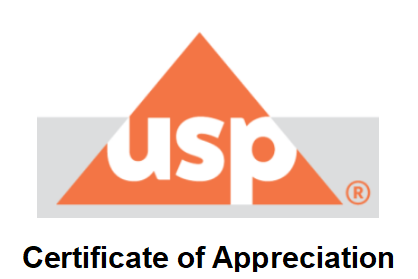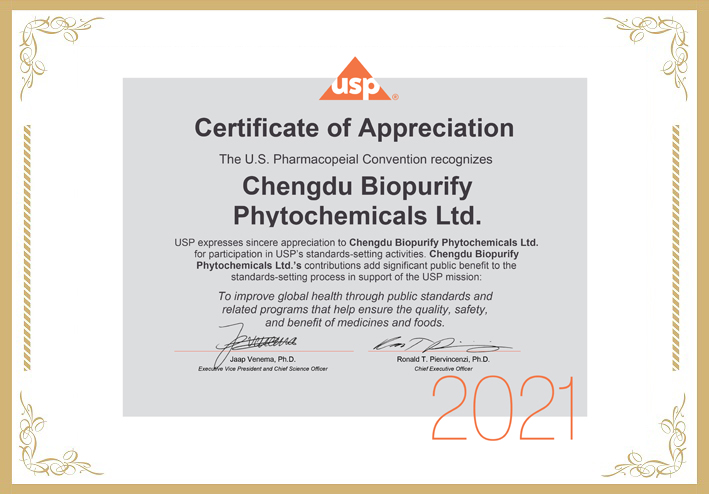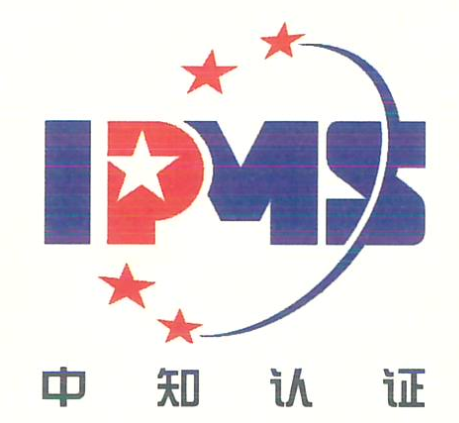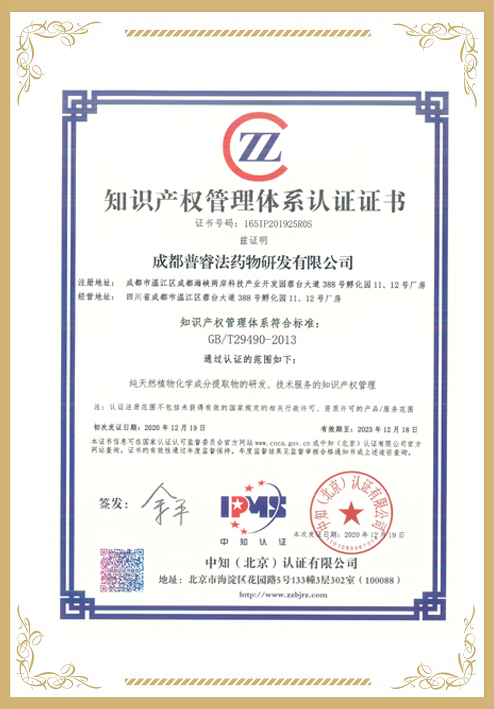Abstract
Winemaking industry produces large amounts of by-products (grape pomace or marc) every year, making necessary a sustainable management of such waste. Among red wines, Tannat variety possesses a unique polyphenolic profile. Consequently, the study of the bioactive properties of its by-product and the extraction optimization of its bioactive compounds is of great interest to state its health promoting potential. In this study, different extraction processes were tested: maceration with ethanol (95%), ultrasound-assisted ethanolic extraction optimization with surface methodology, ultrasound-assisted aqueous extraction, and hydro-alcoholic-acid extraction (EHAA). Using this last extraction procedure, higher polyphenolic content (11.459 ± 1.048 g GAE/100 g of dry extract), monomeric anthocyanins (2.030 ± 0.085 g Cyd/100 g of dry extract), antioxidant capacity (0.474 ± 0.036 mg/mL for ABTS and 0.715 ± 0.063 µmol TE/mg of dry extract for ORAC-FL), α-glucosidase (IC50888.5 ± 79.3 µg/mL), and pancreatic lipase inhibition capacity (IC50 2431.0 ± 79.9 µg/mL) were found on Tannat grape skin. Considering as a whole, these results may imply a great antidiabetic and antiobesity potential. Moreover, EHAA showed to have anti-inflammatory capacity (IC50 587 µg/mL) on RAW 264.7 cells. In summary, EHAA possesses great potential as a functional ingredient for prevention and/or treatment of chronic diseases.
… All the reagents used in physicochemical characterization analysis were
of reagent grade. KCl, HCl 37%, and CH3COONa.3H2O were from
Sigma-Aldrich (St. Louis, MO, USA), and cyanidin chloride standard (Cyd) was from Biopurify…














